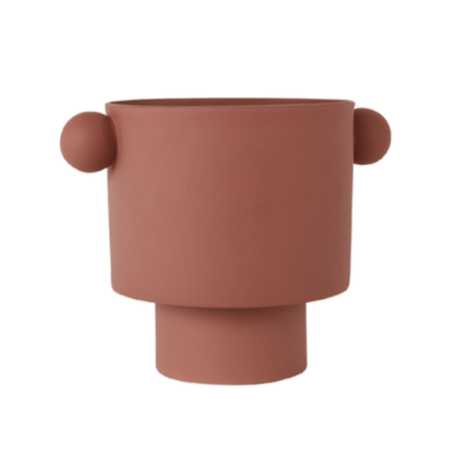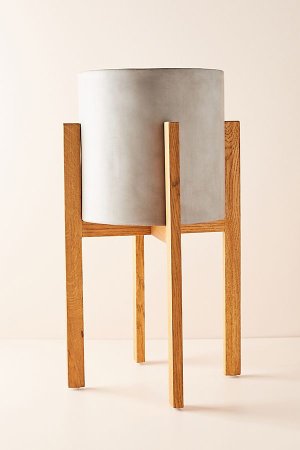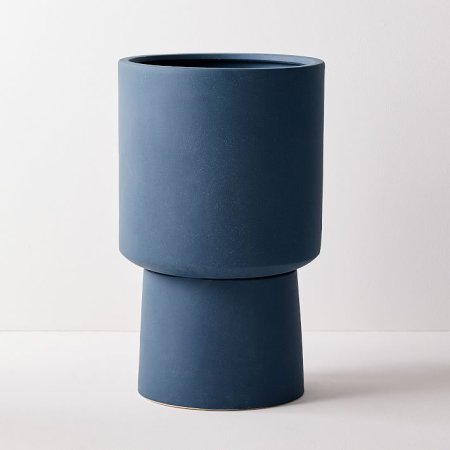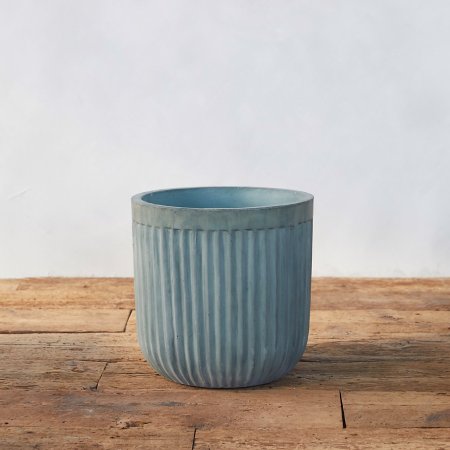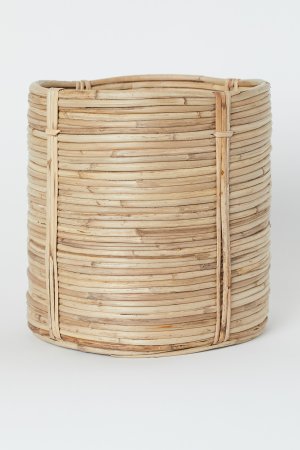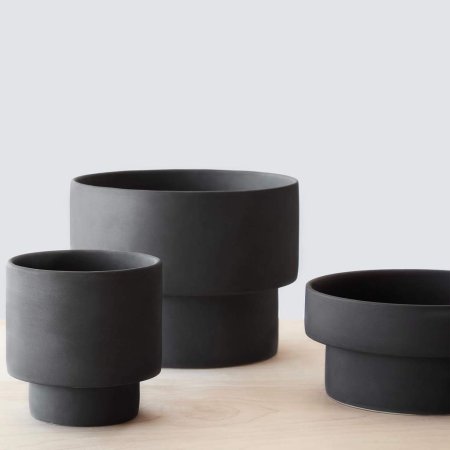We may earn revenue from the products available on this page and participate in affiliate programs.
I don’t have a great track record with plants. The mini succulents I bought during my fourth year of university perished in rapid succession, despite claims that their kind is “unkillable.” The trio of plants that I thought I was rescuing from the Lowe’s clearance section for my first apartment met similarly untimely deaths. Evidently, a life in the dark shelves of a hardware store was preferable to spending a week on my windowsill. Call it a difference of opinion.
All this to say: I don’t have the wherewithal to bring home a larger plant—but I can’t stop thinking about growing a citrus tree. I’m from Greece, a country that holds the humble lemon in such high regard that it may as well be on our flag. Citrus trees are nostalgic and instantly remind me of summer; the combination of their vibrant fruit and fragrant flowers is positively enticing. Plus, my plant-less apartment is a disgrace to my millennial demographic. It needs some form of greenery, but is having a citrus tree in a New York apartment possible?
According to Rebecca Bullene, cofounder of Greenery Unlimited, it’s complicated.
“Impossible, no. Hard, yes!” she says. “When growing any plant indoors, it’s important to consider where it naturally grows outside and determine if you can re-create that kind of environment.” For citrus, she explains, this would be sunny climates like the Mediterranean or Florida: places with regular rainfall and high sun, aka definitely not my sixth-floor walk-up on the Upper West Side.
But “hard” is not “impossible,” and I am nothing if not stubborn. I chatted with Bullene to get the lowdown on growing a citrus tree—past just the typical lemon plant—in an apartment for my best shot at keeping my future plant alive and well.
What’s the best environment in which to grow a citrus tree?
Fake it till you make it: You might not reside in coastal Florida, but try to mimic the environment as much as possible. Very bright light, like an unobstructed south-facing window, is key here, as citrus trees require full sun and warm temperatures.
If your apartment doesn’t get a lot of light, Bullene recommends a grow light. “It promotes even growth, and citrus really can’t get too much light,” she explains. “The more they get, the more productive they are.”
Aside from light, is there another environmental factor to be aware of?
Keep those windows open: “Citrus doesn’t generally do well in stagnant air,” warns Bullene. “They like a breeze, which helps keep dust off the leaves, but can also help to hold pests at bay.” If you (understandably) don’t want to keep your window open while you’re at work during the day, try a light rotating fan for a few hours each day.
What’s the watering schedule like?
Demanding, that’s what. According to Bullene, watering is the most complicated part of caring for citrus, as these finicky plants don’t like to be too moist or too dry. Pick a sweet spot (preferably something on the drier side) and stick with it.
To manage the watering schedule, the plant expert recommends subirrigated containers, pointing specifically to Lechuza’s options as favorites. “It makes it really easy, as the plant drinks from the water reservoir rather than being dependent on the water you pour on top of the soil,” says Bullene. “Many professional horticulturists will also add a top dressing to citrus, to ensure the fine surface roots near the top don’t get too dry.” Oh, and don’t forget to mist your plant often.
Is there a type of citrus tree most conducive to living indoors?
“In my experience, I’ve had success with Meyer lemons and Calamondin oranges,” says Bullene. “These are both dwarf trees, so they won’t get too big for small spaces.” Pick something that won’t overpower a smaller apartment and decide which part is most important to you: the actual taste of the fruit or the aesthetic appeal of the plant. If the latter, go with the orange tree, whose fruits are actually super-sour. If the former, opt for a lemon tree.
Are there any common afflictions that befall citrus trees?
Yes, and they’re called spider mites. These tiny critters (do yourself a favor and don’t Google their appearance) are apparently very common on indoor citrus trees. To fight them, Bullene says you need to keep a close eye on your plant for any early signs of webbing. To get rid of these pesky mites, clean the plant with horticultural soap and water.
What do you do in the wintertime?
“This is where the grow light is really important!” says Bullene. Especially for northern climates, which don’t get great sun exposure in the colder months, these artificial lights are key. Without sun, your citrus tree will weaken, which is what the aforementioned spider mites are waiting for before striking. Also, be sure to up your misting regime: “Heating systems tend to make the air very dry, so misting can help increase relative humidity,”she adds.
How about fertilizer—since the tree won’t be outside, what should people do?
The best time to fertilize your citrus tree is between April and September, and it should be done once a month. “This is when the tree will be most productive and could use the nutrient boost,” explains Bullene. She uses an organic high nitrogen fertilizer that’s made specifically for citrus.
Do you have any tricks that extend the life of a citrus tree in an apartment?
“I keep mine near my humidifier, since I don’t always remember to mist, and this helps a lot in the winter months,” reveals Bullene. If your apartment has a balcony or is in an area where you might be able to put it on a stoop without fear of it being stolen, she also recommends popping it outside occasionally during the spring and summer.
See more plant care tips: Read This Before You Buy Plants Online How to Make the Plant Wall of Your Dreams How to Keep Your Monstera Alive and Thriving, According to Expert Plant Parents

